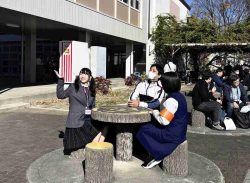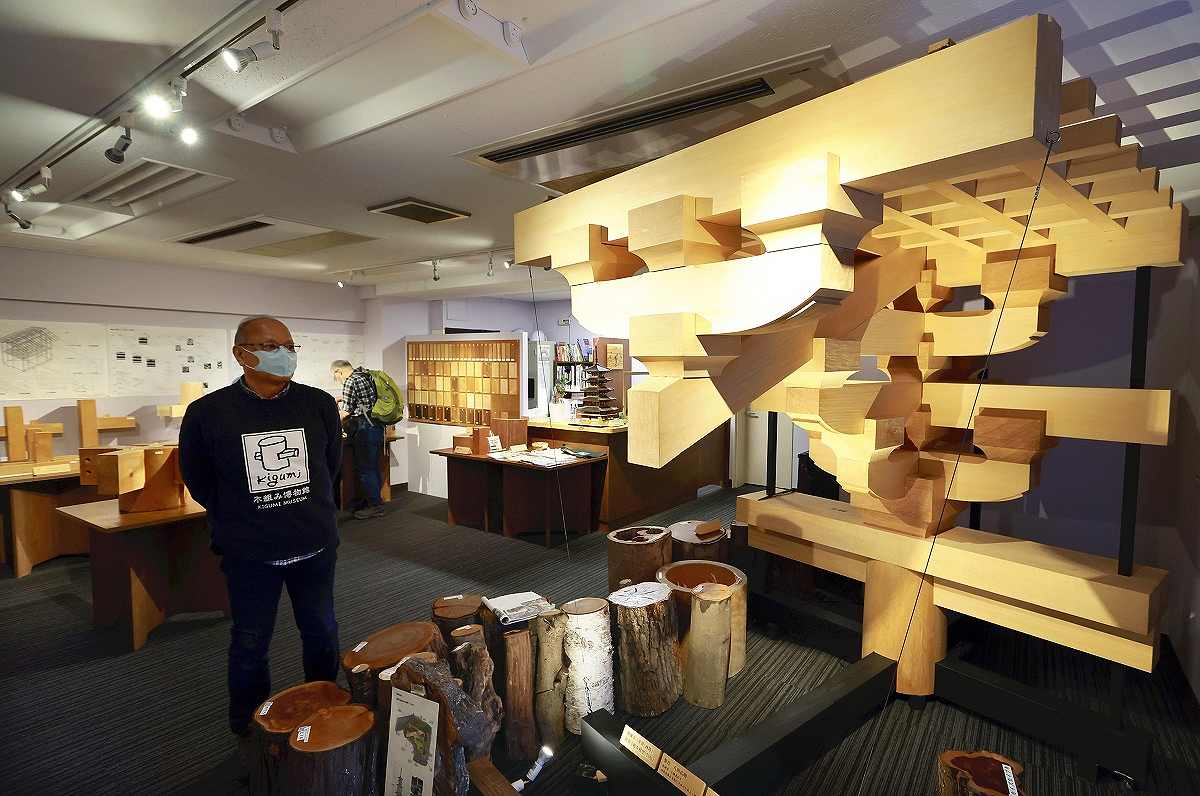
A model of a roof support for the lowest level of Yakushiji temple’s West Pagoda is seen at right.
14:00 JST, April 12, 2023
The Kigumi Museum, a private facility in Shinjuku Ward, Tokyo, was established to pass on to younger generations the culture of kigumi, traditional Japanese techniques for wood construction.
Kazuo Tanikawa, the museum’s founder and director, worked for a construction company for many years, and was involved in the building of traditional shrines and temples, as well as sukiya-zukuri architecture such as tea-ceremony houses.
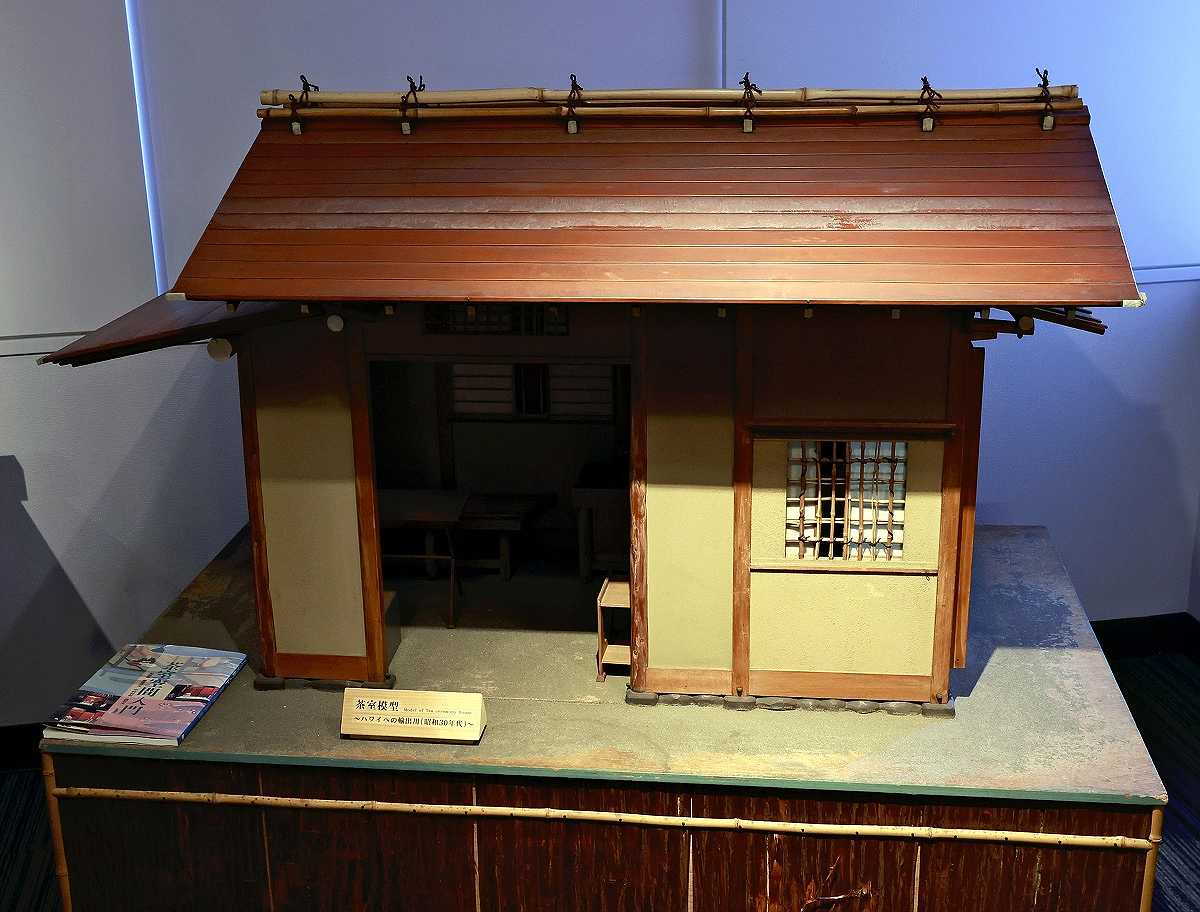
A model of a tea house for export to Hawaii
Kigumi are Japanese traditional construction methods in which cuts of wood are joined together without nails or other metal fasteners. The techniques are said to date back 4,000 years, which would put their beginnings in the Jomon period.
In the sixth century, architectural styles and techniques were introduced to Japan from the Asian continent, leading to a significant development of kigumi culture.
Kigumi techniques are mainly divided into tsugite, in which wood pieces are connected vertically, and shiguchi, in which wood pieces are joined at a right angle or diagonally, but there are said to be as many as 4,000 different techniques in total.
The museum exhibits samples of 40 or so typical kigumi techniques. Since visitors are able to touch most of the displays, they can deepen their understanding by assembling and disassembling the pieces.
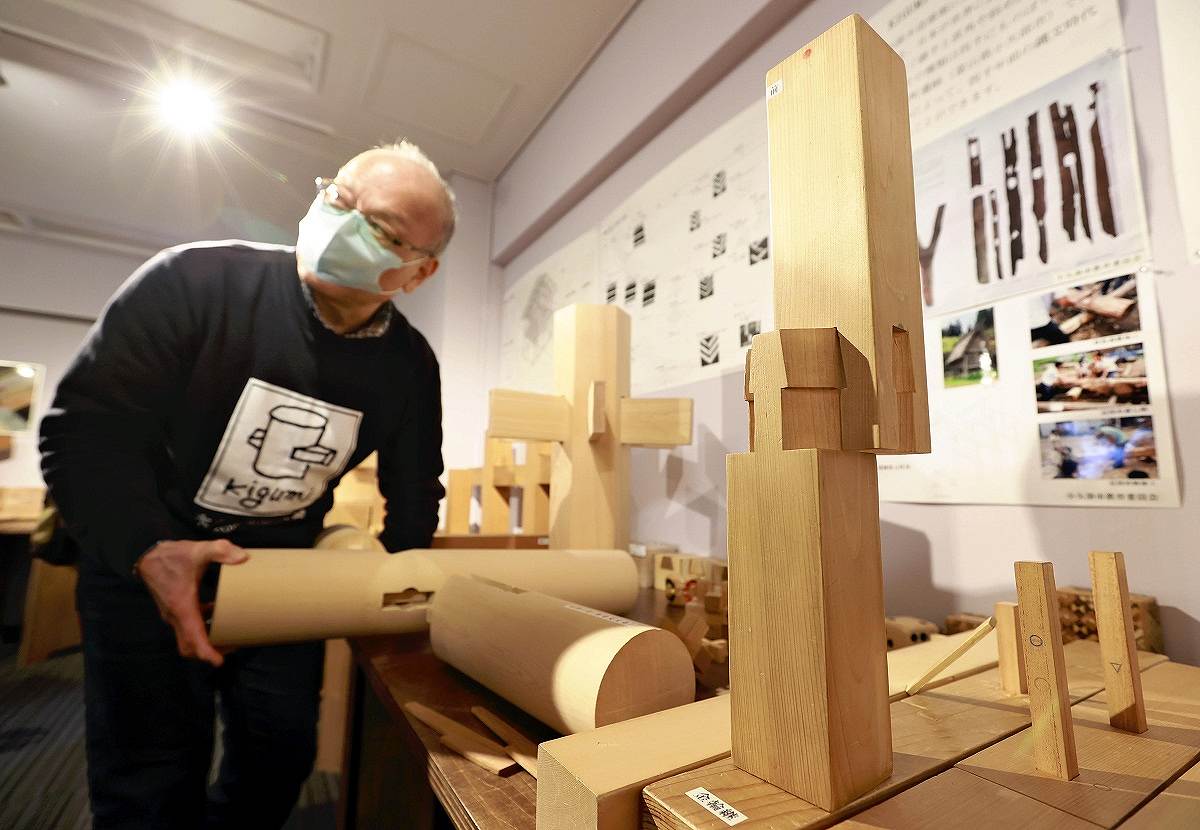
Visitors can enjoy assembling and disassembling fitted wooden pieces.
One of the most impressive exhibits is a 2.3-meter-high wooden model of the West Pagoda of Yakushiji temple in Nara Prefecture. The model uses a technique called masugumi. It shows at 3/4 scale how masugumi structures support the roof of the lowest level of the pagoda.
The exhibit was crafted by Hiroaki Hatta, a master carpenter who was involved in the reconstruction of the West Pagoda under Tsunekazu Nishioka, once called as “the last temple and shrine carpenter.”
Visitors can also learn about other traditional techniques, such as those for carvings and onigawara tiles, and examine related materials and tools. A model of a tea house for export is also on display.

A variety of traditional onigawara decorative roof tiles are on display.
Craftsmen, such as temple and shrine carpenters who use kigumi techniques, are thought to be growing more and more scarce, and passing down the techniques to future generations has become a challenge. Kunio Watanabe, a researcher at the museum, said: “I hope that not only adults but also children will visit us to enjoy the exhibits. And I hope that more people will work in the construction industry in the future and carry on the traditional techniques.”
Kigumi Museum
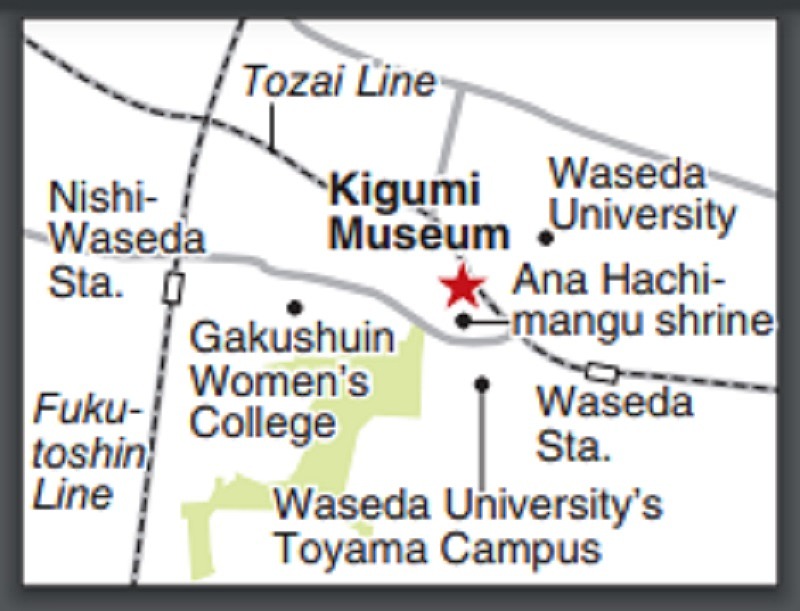
The museum opened in 2015. A model of the roof frame for the gate of the neighboring Ana Hachimangu shrine is also on display.
Address: Hall Eight 3F, 2-3-26 Nishi-Waseda, Shinjuku Ward, Tokyo
Hours: 10 a.m.-4 p.m. on Tuesdays, Wednesdays and Thursdays. Also open one Saturday a month. Closed on year-end and New Year’s holidays.
Admission: Free. Contact the museum in advance for a visit by a group of more than 10 people.
Related Tags
"Features" POPULAR ARTICLE
-

Sanrio to Open Museum in Yamanashi Pref. Dedicated to Founder, Exhibits Include Hello Kitty, Other Characters
-
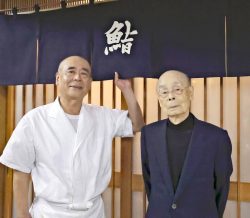
Legendary Sushi Chef Jiro Ono Turns 100: ‘I Have No Regrets’
-

Autumn Foliage Surrounds Visitors to Tokyo’s Showa Kinen Park
-

My Daughter No Longer Speaks to Me, But I Want to See Her and My Grandchild
-

Kumamoto: Public Bath Refurbished as Library Where You Can Chat, Take Photos
JN ACCESS RANKING
-

Keidanren Chairman Yoshinobu Tsutsui Visits Kashiwazaki-Kariwa Nuclear Power Plant; Inspects New Emergency Safety System
-

Imports of Rare Earths from China Facing Delays, May Be Caused by Deterioration of Japan-China Relations
-

University of Tokyo Professor Discusses Japanese Economic Security in Interview Ahead of Forum
-

Japan Pulls out of Vietnam Nuclear Project, Complicating Hanoi’s Power Plans
-

Govt Aims to Expand NISA Program Lineup, Abolish Age Restriction





